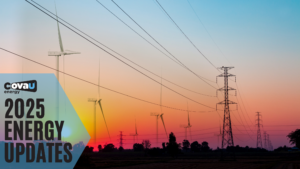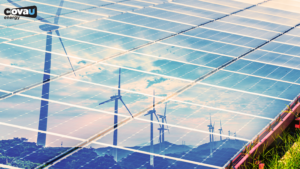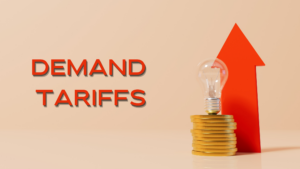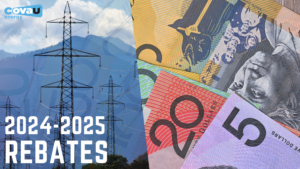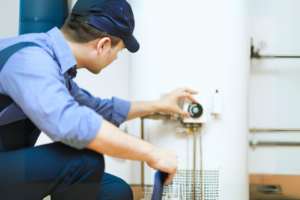What is a Virtual Power Plant (VPP)?
Imagine if your home solar panels, your neighbour’s battery, and a business down the street could all team up to help power your city. That’s the idea behind a Virtual Power Plant, or VPP.
A Virtual Power Plant (VPP) is a digitally coordinated network of distributed energy resources (DERs) that work together to generate, store, and supply electricity to the grid. These DERs can include rooftop solar panels, home batteries, electric vehicles (EVs), smart appliances, and even industrial equipment.
While each system is relatively small on its own, when combined through intelligent software, they can behave like a traditional power plant—providing reliable, flexible, and clean energy to help power homes, businesses, and entire communities.
How does a VPP Work?
At its core, a VPP uses real-time data and algorithms to make smart decisions about energy use and supply. Here’s how it works:
- Data Collection: Sensors and smart meters collect information about energy generation and consumption across the network.
- Central Control Platform: Cloud-based software analyses the data and sends signals to individual devices or systems—telling them when to store energy, release it, or reduce consumption.
- Response to Market Conditions: The VPP can respond to electricity market prices, grid needs, or renewable energy availability—balancing supply and demand on a minute-by-minute basis.
- Grid Support: During peak demand or outages, the VPP can export energy to the grid, helping to stabilise it and prevent blackouts.
Key Components of a VPP
A functioning VPP can include a mix of:
- Solar PV Systems: Rooftop panels generate renewable electricity for homes and the grid.
- Home and Commercial Batteries: Store excess energy for later use or export.
- Electric Vehicles (EVs): EVs can charge during off-peak times or even discharge energy back to the grid (V2G – Vehicle to Grid).
- Smart Appliances and Loads: Devices like air conditioning units, hot water systems, and pool pumps can automatically adjust when they operate to match grid conditions.
- • Smart Appliances and Loads: Devices like air conditioning units, hot water systems, and pool pumps can automatically adjust when they operate to match grid conditions.
Benefits of a Virtual Power Plant
For Households and Businesses
- Reduced Energy Bills: By storing and using energy at the right times, you can avoid high tariffs and earn credits or payments.
- Energy Independence: Keep your lights on during grid outages (if your system has backup capability).
- Financial Rewards: Participate in energy markets and get paid for contributing your stored energy or flexibility.
For the Community and Grid
- Grid Stability: Helps prevent blackouts by responding rapidly to changes in demand or supply.
- Cleaner Energy: Replaces fossil fuel-based peaking power plants with distributed renewables.
- Lower Infrastructure Costs: Reduces the need for new power plants and grid upgrades.
Who Can Join a VPP?
You might be eligible to participate in a Virtual Power Plant if:
- You own or plan to install solar panels or a battery storage system
- You have a smart meter or compatible monitoring technology
- Your retailer or local network provider offers a VPP program in your area
- Your retailer or local network provider offers a VPP program in your area
- You’re interested in supporting renewable energy and future grid innovations
View available VPP plans here or talk to us on 1300 111 688.
Looking to install Solar or a Batter? Send us a message and we’ll be in touch!

